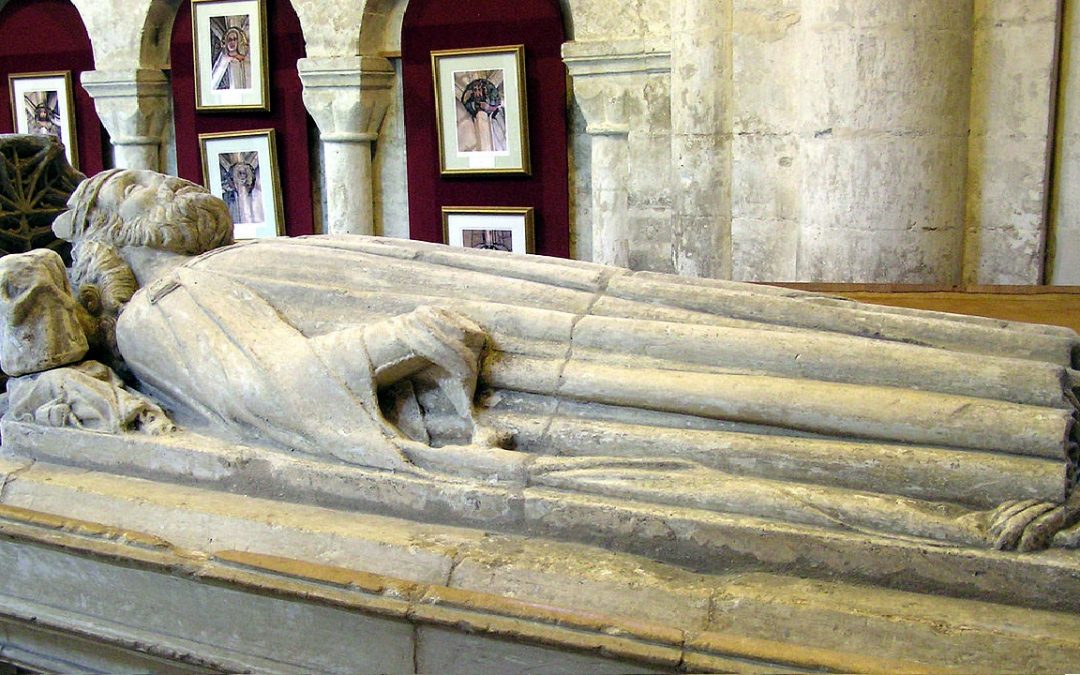England has a long, fascinating, and violent history of English kings. Many wars were fought for the position of king. When a contender finally became king the wars often didn’t stop then either. Many English kings went on to declare war on other European countries like France, to further their power. In this list I am using English king to mean King of England, even though many Kings of England were often foreign. This is a list of 10 English kings who shaped history.
Edward III
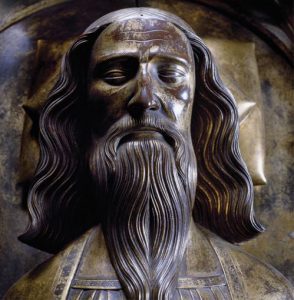
Edward III was responsible for cleaning up the mess left by his father Edward II, and restoring authority to the monarchy. Edward II was killed by his wife, and her lover, Roger Mortimer. Mortimer then became the unofficial ruler in his stead, until Edward III killed him and took his rightful place on the throne. He also started the Hundred Years’ War with France, in order to claim the throne. This was largely successful while he was in charge. He won multiple famous battles and it led to the Treaty of Bretigny.
Edward IV
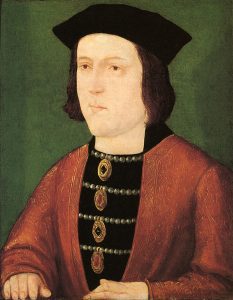
Edward IV was king from 1461 until 1483. There was a short period when he wasn’t king from October 1470 to April 1471. He spent much of his reign fighting the Wars of the Roses. This was a civil war between House of Lancaster, whose symbol was a red rose, and the House of York whose symbol was a white rose. There was sporadic fighting between them for 32 years but eventually it was won by the House of Lancaster, after Edward died. Edward had managed to wipe out most of the Lancastrian line, apart from Henry Tudor who was living in exile. He also declared war on France, but his ally Charles the Bold, never turned up. He ended up having to sign the treaty of Picquigny as a result of this.
Henry VIII
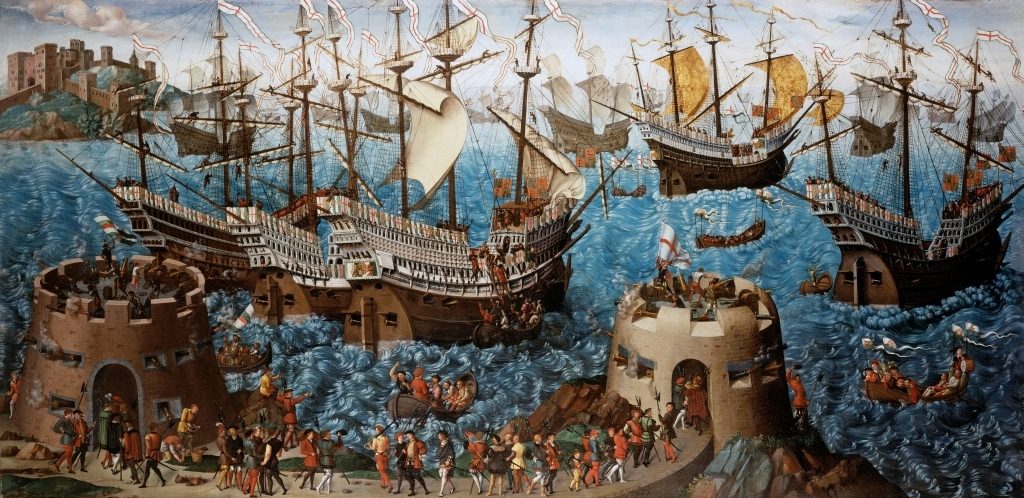
Henry VIII is one of the most famous English Kings in history, mostly for his 6 wives and creation of a new church. He was desperate for a son, but his first wife couldn’t give him one, so he divorced her. However the Catholic church didn’t allow him to divorce his wife, so he found a new church which allow him to get divorced. He married another wife, but this one couldn’t birth him a son either. He went through 6 wives and eventually managed to gain a son. Unfortunately his son was young, and sickly. He was forced to become king at the age of 9 but died age 15 due to disease.
Athelstan
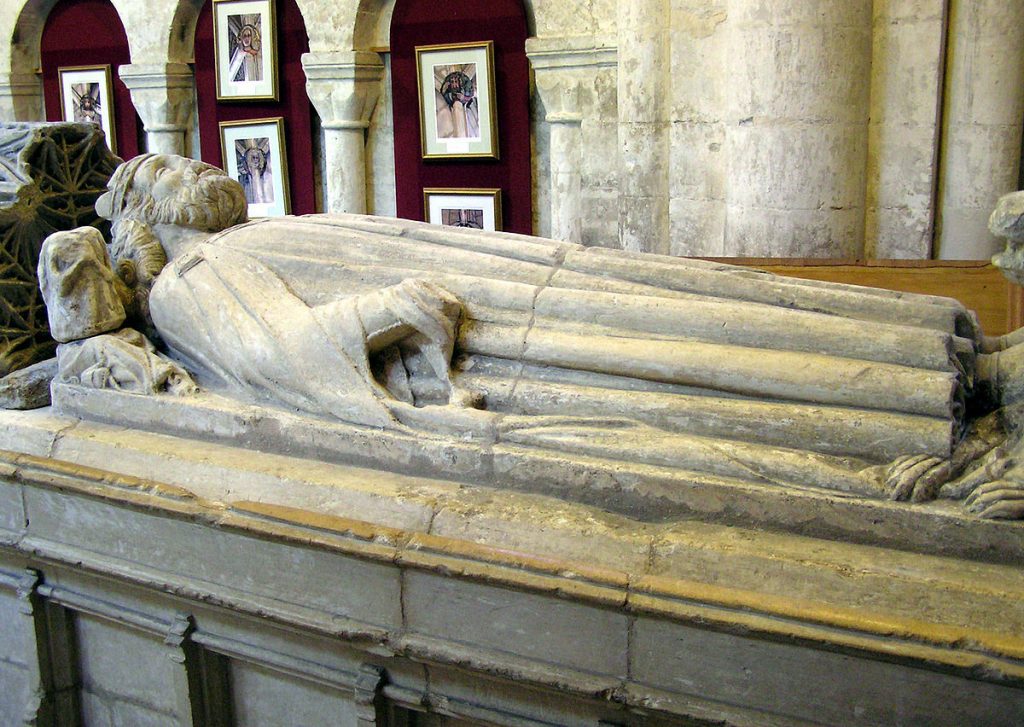
Athelstan was the first person to conquer all of England, and be crowned King of England. He became the first Anglo-Saxon ruler of the whole of England in 927, when he conquered the Viking city of York. In 934 he invaded and conquered Scotland. Three years later the Scottish revolted but were defeated by Athelstan at the Battle of Brunanburh. The Scots had allied with Olaf Guthfrithson, King of Dublin, and Owen, King of Strathclyde. Athelstan won, and gained enormous prestige from his victory. Historians from the time wrote that “the fields of Britain were consolidated into one, there was peace everywhere, and abundance of all things”.
Cnut The Great
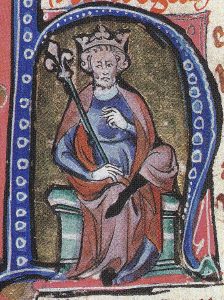
Cnut became king of England in 1016 and reigned until he died in 1035. He was a Viking prince, son of the King of Denmark. He not only ruled England, but also Norway and Denmark. It became known as the North Sea Empire. Cnut fought with King Edmund Ironside for the throne. After defeating Edmund in battle they decided to split the Kingdom into two, with Cnut having the bigger share. For a time there were actually two English kings ruling the country, however Edmund died only a few weeks later. This was convenient for Cnut as it allowed him to gain complete control over England with less warfare. He died in suspicious circumstances, and it isn’t clear whether it was murder or not.
Edmund Ironside
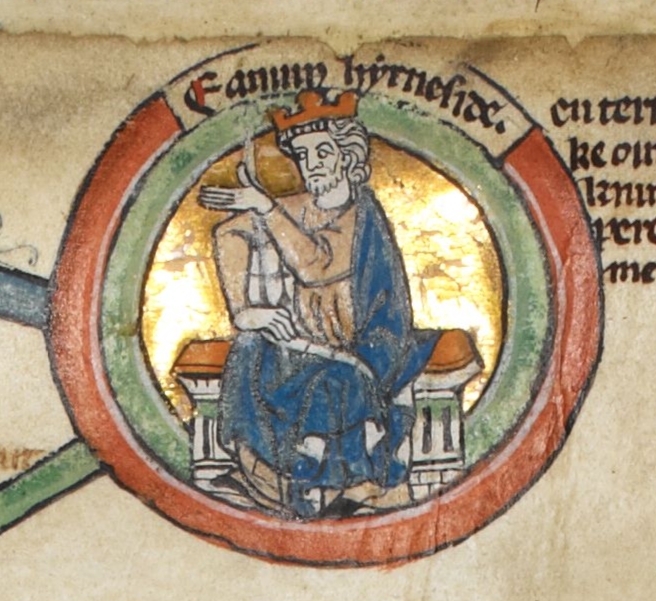
Edmund Ironside was an English king who ruled for less than a year. He gained his nickname for his valiant resistance against Cnut the Great. Edmund’s father was deposed by Sweyn Forkbeard, father of Cnut. However Sweyn died which gave Edmund the opportunity to become king. He forced Cnut out of the country, and claimed the throne for himself. Cnut began to put an army together which would have the strength to invade England. Edmund only had one year before Cnut would be back, and in this time he tried to solidify his rule. He did this by punishing or killing anyone who had sided with the Vikings. After one year had passed Cnut returned with an army and conquered England, taking the crown for himself.
Richard I

Richard I or Richard the Lionheart was King of England from 1189 until 1199. He gained his moniker because of his exceptional military reputation. Richard put down a rebellion while commanding an army at the young age of 16. He also led the third Crusade, and managed to defeat Saladin in battle. Richard was trilingual and spoke, English, French and Occitan. Occitan is a French Romance language still spoken by over 1 million people today. Richard was celebrated as a hero by his subjects even though he spent very little time in England. They loved his military success, and bravery during the Crusade.
Alfred The Great
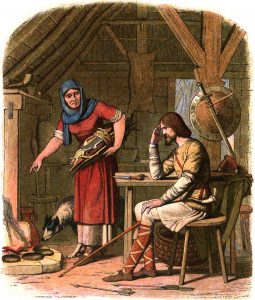
Alfred The Great ruled from 871 to 899. In old English his name meant elf counsel, or wise elf. Alfred successfully protected his kingdom against a Viking army led by Ivar the Boneless. In 868 he fought beside his father against Ivar to try and keep them out of the country but failed to so so. In 870 Ivar landed on his homeland, and “Alfred’s Year of Battles” began. During this year he fought nine battles and was largely successful. He managed to fight off the Vikings one last time before he died. He’s one of the most famous English Kings in history, and one of only two English Kings to gain the title, “The Great”.
Edward I
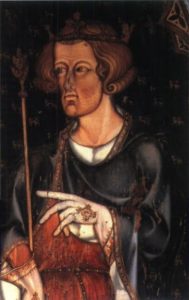
Also known as the Hammer of the Scots, he was king from 1272 to 1307. Although Edward started off mainly concerned with laws, and administrations, he had to turn his attention to warfare when rebellions broke out. Even before his reign he was involved in warfare, helping his father put down rebellions. He also took part in the 9th Crusade. He was crowned king when he returned. Edward put down a minor rebellion only a few years after he took charge. Years later he decided to put down another rebellion with more extreme methods. He initiated a an invasion, and conquered Wales. He also declared war on the Scottish but never managed to conquer them.
William The Conqueror
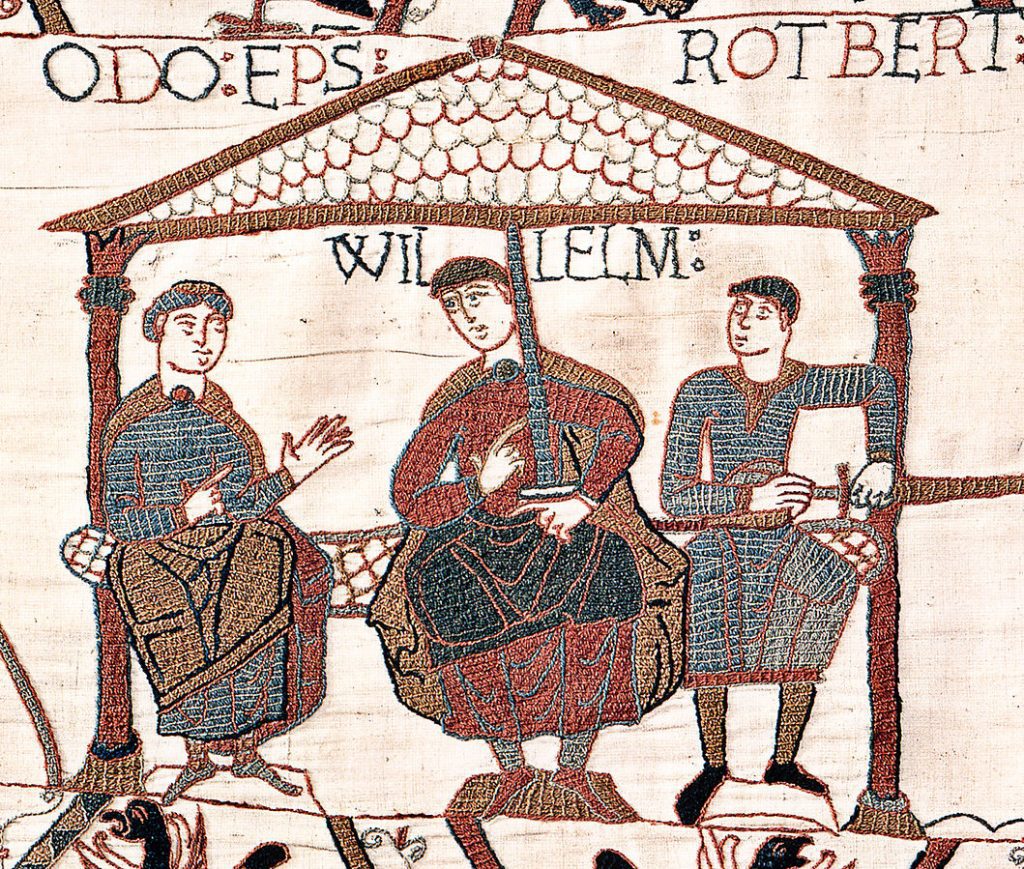
William the Conqueror, also known as William the Bastard. He was the first Norman King of England. He fought for control of Normandy for many years and by 1060 had solidified his control of Normandy. Two years later he managed to capture Maine, a nearby country. Four years after that he invaded England, and fought the famous Battle of Hastings. William went to war with his first cousin who claimed that King Harold had promised the throne to him. William claimed that Harold had already promised the throne to him. He defeated Harold at the Battle of Hastings, and became King of England. When he died he gave Normandy to his eldest son, and England to his second eldest.

